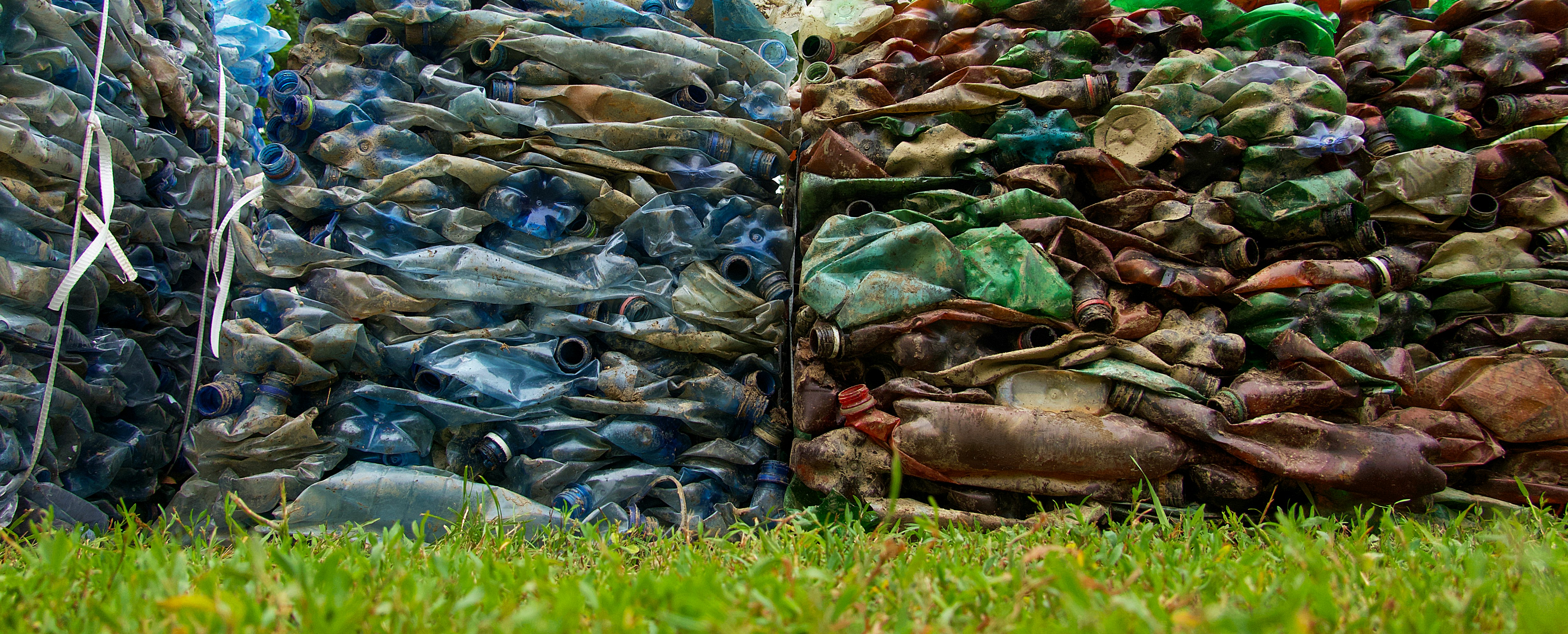In a review published in Environmental Health Perspectives, Microplastics (MPs) are laid out as a serious problem in the marine environment as well as human food consumption.
The study analyzed 69 experiments across mollusks, crustaceans, fish and echinodermata. The data show that seafood is a major cause of human exposure to MPs. Levels of MP contamination vary significantly in different phylum of organisms.
Microplastics are tiny pieces of any kind of plastic found in the environment less than 5mm long according to NOAA and the European Chemicals Agency. They often end up in nature from cosmetics, clothing, and industrial processes.

Two classifications of microplastics exist. Primary microplastics are smaller than 5mm. Polyester, nylon, and rayon fibers are also present (also known as nurdles). Secondary microplastics come from the micro degradation of larger plastic particles after their entrance into the environment through natural weathering processes.
"No-one yet fully understands the full impact of microplastics on the human body, but early evidence from other studies suggest they do cause harm." said study author, Evangelos Danopoulos, a postgraduate student at Hull York Medical School in an article from Science Daily.
"A critical step in understanding the full impact on human consumption is in first fully establishing what levels of microplastics humans are ingesting. We can start to do this by looking at how much seafood and fish is eaten and measuring the amount of MPs in these creatures."

The study concludes that there needs to be harmonization and standardization of methods and procedures.
Follow @smosadotcom